The big-finned jellyhead octopus is the common name for this Cirroteuthis muelleri. The big-finned jellyhead lives along the ocean floor at depths over 6,000 ft. They can only be reached via submersible which makes them tricky to study.
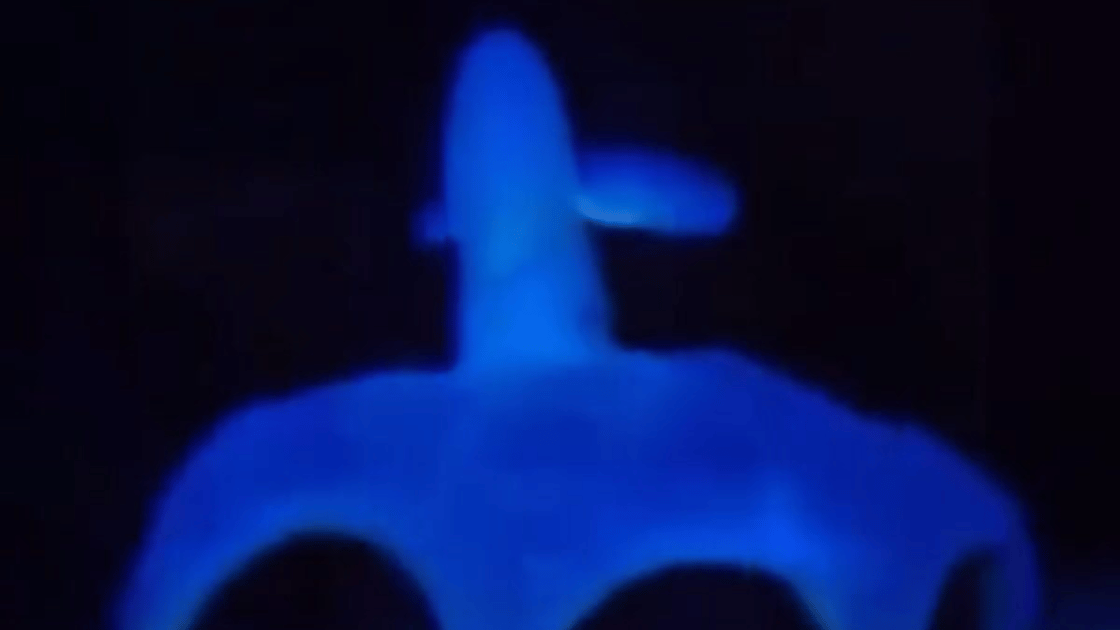

The big-finned jellyhead octopus is the common name for this Cirroteuthis muelleri. The big-finned jellyhead lives along the ocean floor at depths over 6,000 ft. They can only be reached via submersible which makes them tricky to study.
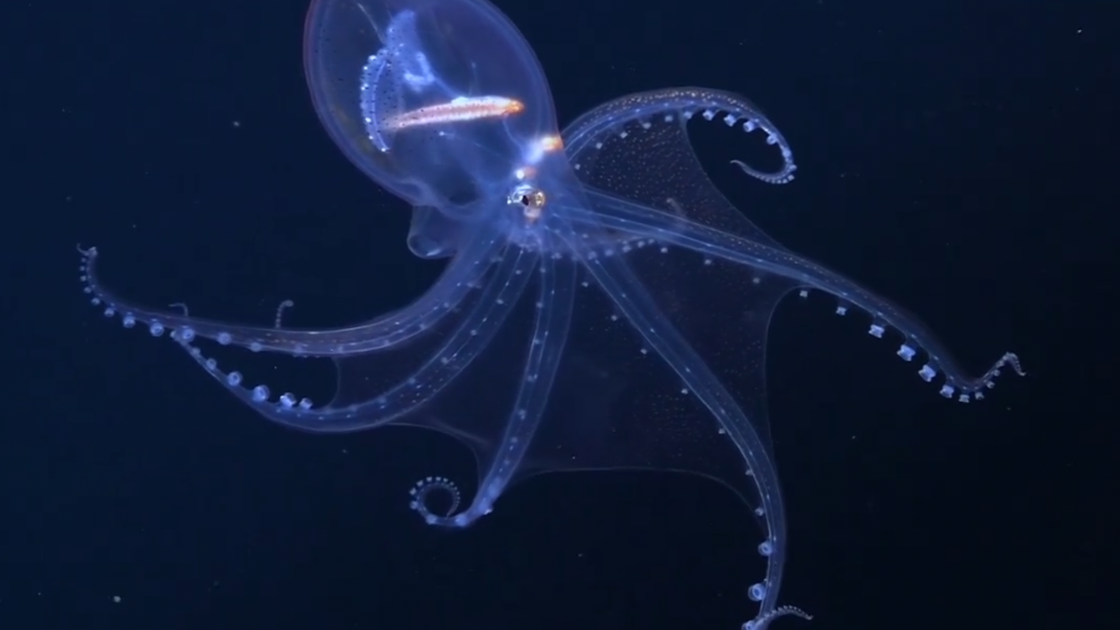
The glass octopus is incredibly rare and difficult to see. They are mostly transparent except for its eyes, optic nerve, and digestive tract. Image and video courtesy of Schmidt Ocean Institute
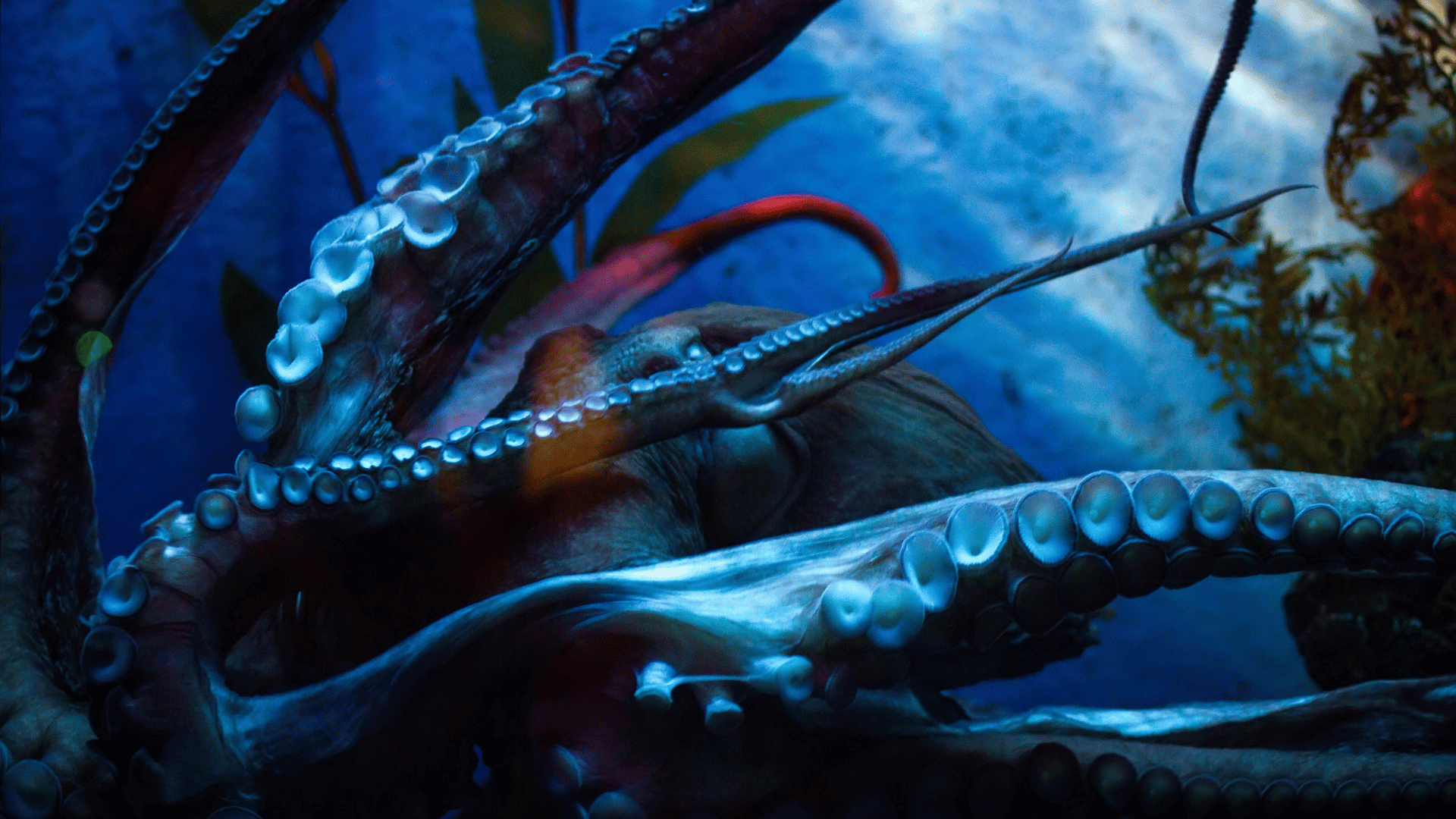
1. Jellyfish bodies have an outer layer called the epidermis; a middle layer made of a jelly-like substance called mesoglea; and an inner layer, called the gastrodermis. Jellyfish have a very basic nervous system allowing jellyfish to smell, detect light, and respond to other stimuli. 2. Scallops clap their shells together to create a jet …
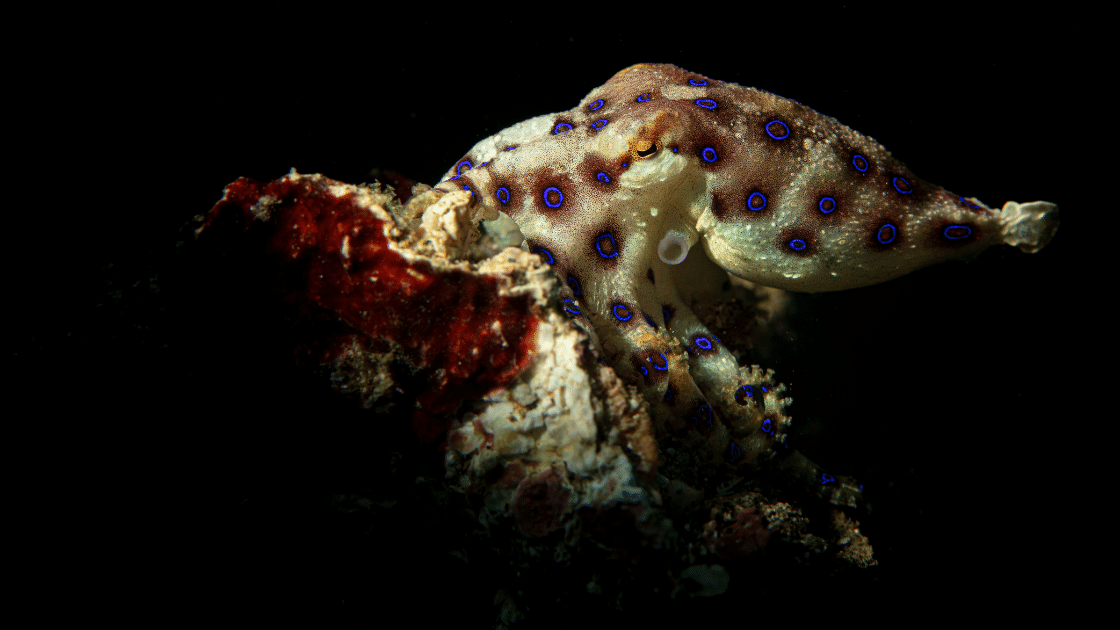
Most people don’t realize they have been bitten until they start experiencing respiratory distress and/or paralysis. There is no known anti-venom.
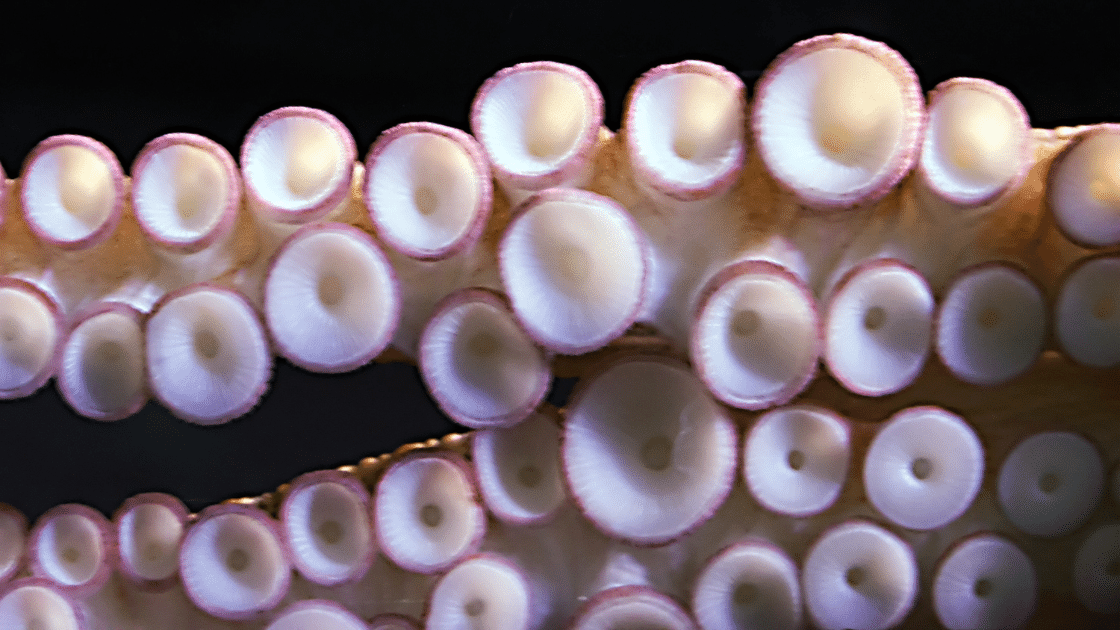
They can use them taste, grab, and smell things.